Windshield damage is something most drivers deal with at some point. Whether it’s a flying rock or a sudden temperature change, chips and cracks are common. But what happens next largely depends on the car. Some windshields are a breeze to patch up.
Others? You’re looking at full replacement—even for small chips. The cost, time, and complexity come down to design, embedded tech, availability of parts, and even how the glass is bonded to the frame.
Not all windshields are made the same. Cars with simpler, flatter windshields and minimal tech can usually be repaired in 30 minutes with basic tools. On the other hand, vehicles with HUD (head-up display), rain sensors, cameras, and curvature-specific glass can’t just be patched.
Sometimes, even a small ding forces a total replacement because the embedded systems demand recalibration or the damage falls within the driver’s direct line of sight.
So before buying a new car or dealing with a rock hit, it’s smart to know what you’re in for. Some brands keep it repair-friendly, others go all in on tech-heavy setups that aren’t chip-repair-friendly at all.
Here’s a no-nonsense list: five cars where chip repair is cheap and easy, and five that’ll have you calling your insurance adjuster for a full-glass replacement—maybe even with a recalibration fee on top.
5 Cars with Easiest Windshield-Chip Repairs
These five cars have simple, no-fuss windshields that are easy and cheap to fix. No fancy sensors or rare glass here—just straightforward designs that keep repairs quick and affordable.
Most chips can be handled with basic kits, and calibration isn’t a big deal. Tools fit easily, parts are common, and you’re not stuck waiting on special orders. So, when a crack shows up, it’s not the end of the world—just a quick fix and back on the road.
ALSO READ: 5 Cars with Quickest Seat-belt Latches and 5 That Snag
1. Toyota Corolla
One of the most serviceable sedans on the market, the Toyota Corolla keeps it straightforward. Its windshield is relatively flat with minimal curvature, and the embedded tech—if any—is not hardwired into the glass itself.
Most trim levels don’t come standard with heads-up displays or lane-centering cameras, which means a chip near the middle doesn’t necessarily trigger a safety system fault.
Glass is widely available and inexpensive. Aftermarket options are everywhere.
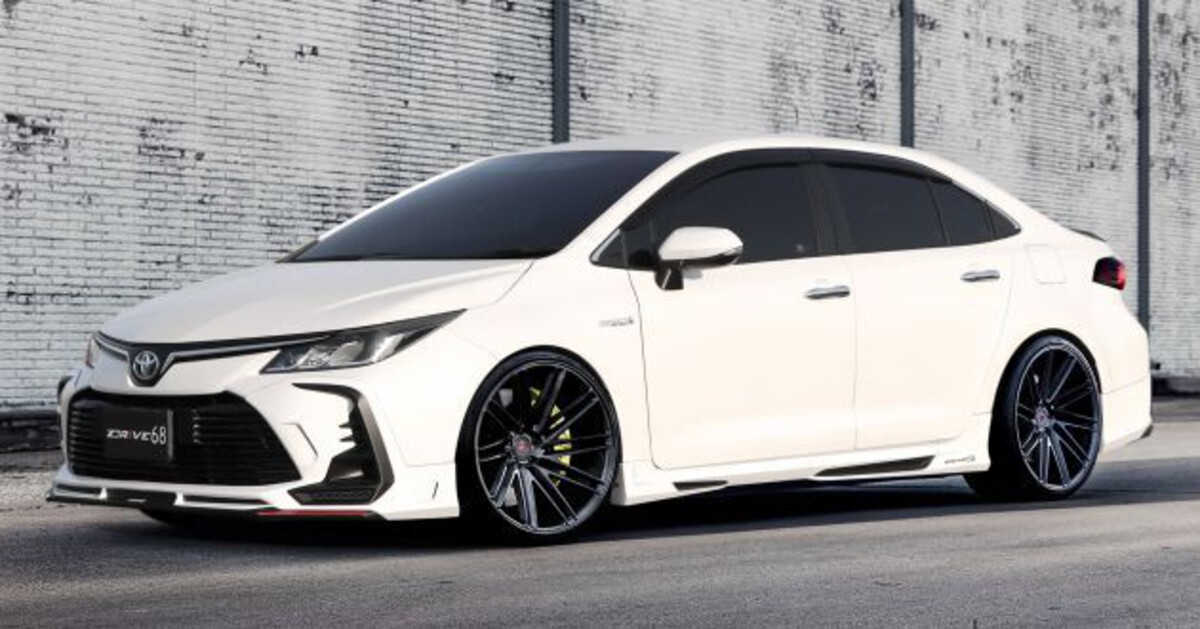
A chip repair costs between ₹600–₹1,200 ($10–$15 in the US), and even dealerships don’t push for full replacement unless it’s a massive crack.
Plus, Toyota’s windshield bonding is standard urethane, not over-engineered or sensor-heavy. That makes it DIY-friendly too.
In short, you can show up at a local glass shop or even do a resin fill at home and be good to go in 30 minutes. The repair process doesn’t require recalibration or advanced tech alignment, saving time and cash.
If you’re looking for fuss-free ownership, the Corolla nails it, especially when it comes to windshield issues.
2. Honda Civic (older gens)
Specifically, the 8th and 9th generation Civics (2006–2015) have simple windshield structures. They’re solid, strong, and lack the complex electronics that newer models cram in.
No need to worry about front camera recalibration or sensor-linked auto-wipers when you’re dealing with a basic chip.
These Civics also use standard laminated glass that’s easy to patch with off-the-shelf resin kits.
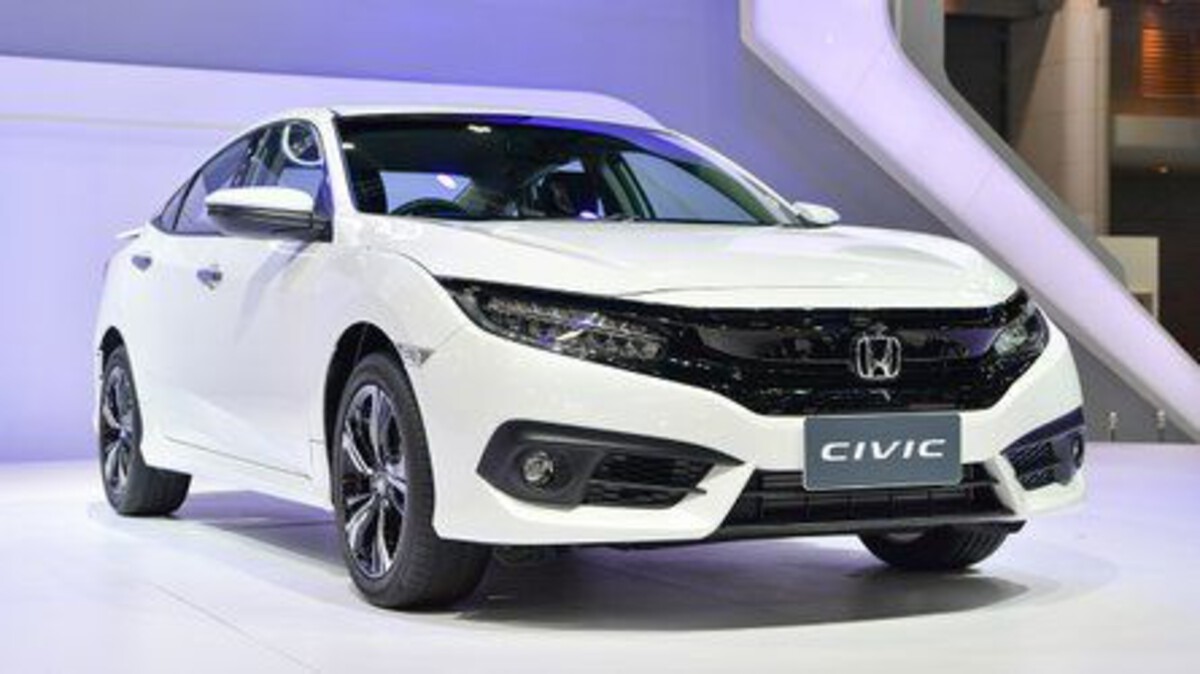
Windshield chip repair can be done in 20–30 minutes. No special tools, no expensive adhesives, and the cost remains under ₹1,000.
Another plus? The aftermarket is flooded with Civic parts.
Glass repair shops often keep these windshields in stock, and many small garages have experience fixing them. That makes sourcing and servicing super straightforward.
Unless the chip is spidering across half the windshield or deep into the corner stress points, a Civic chip can be handled with minimal effort.
For budget-conscious drivers who want a reliable, low-hassle fix, the Civic remains a top pick.
3. Ford F-150 (non-luxury trims)
America’s best-selling truck also happens to have one of the easiest windshields to work on, at least in its work-focused XL and XLT trims. The windshield is broad, relatively flat, and lacks the insane curvature or HUD setups found in more premium trucks.
These base F-150 models usually don’t have embedded tech behind the windshield, which makes the glass cheap to replace or repair.
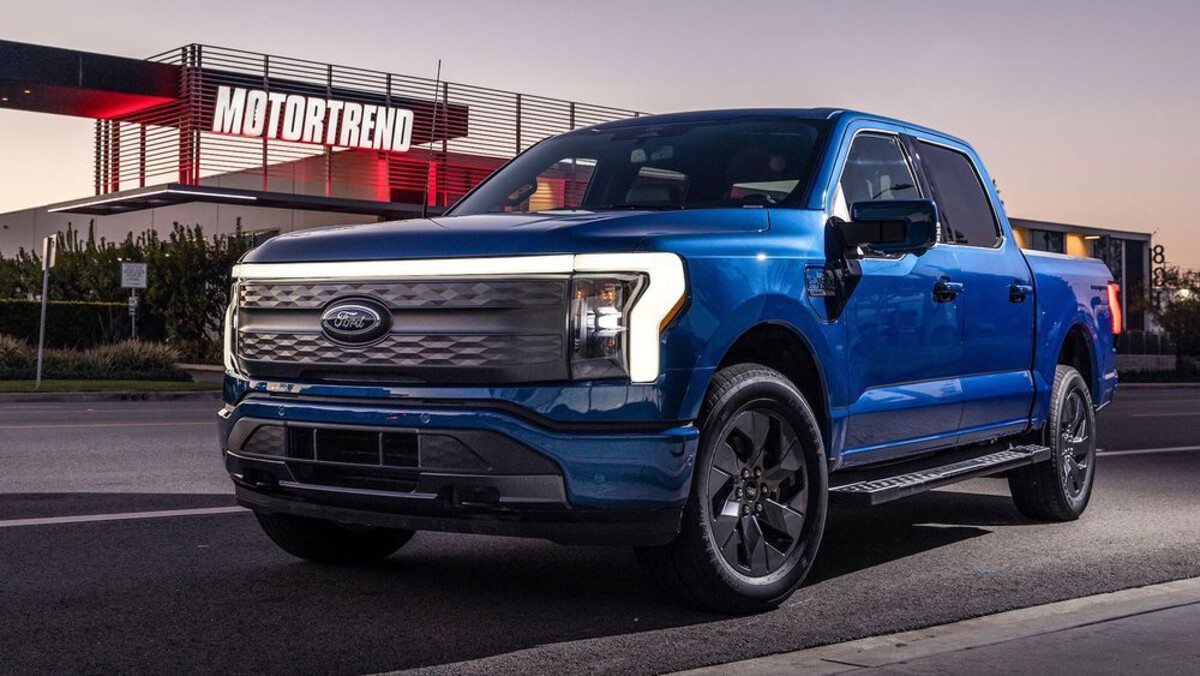
Most chips can be handled in-shop or on-site in less than an hour. Insurance companies often approve chip repairs on these without batting an eye.
Another advantage? Availability. F-150 windshields are everywhere. You can get OEM, aftermarket, or used glass easily, which keeps repair pricing down.
That’s a big plus if you’re in a rural area or rely on your truck for work.
Also, Ford uses straightforward mounting and bonding systems, so a mobile glass guy can fix chips without jumping through calibration hoops.
4. Hyundai Elantra (pre-2020)
Before Hyundai went heavy on tech and styling in newer Elantras, earlier models kept things functional. Windshields from 2015–2019 models are easy to repair because they have minimal embedded tech and a flatter shape.
There’s no HUD, the rain sensors (if equipped) are detachable, and ADAS systems don’t rely on cameras mounted behind the glass.
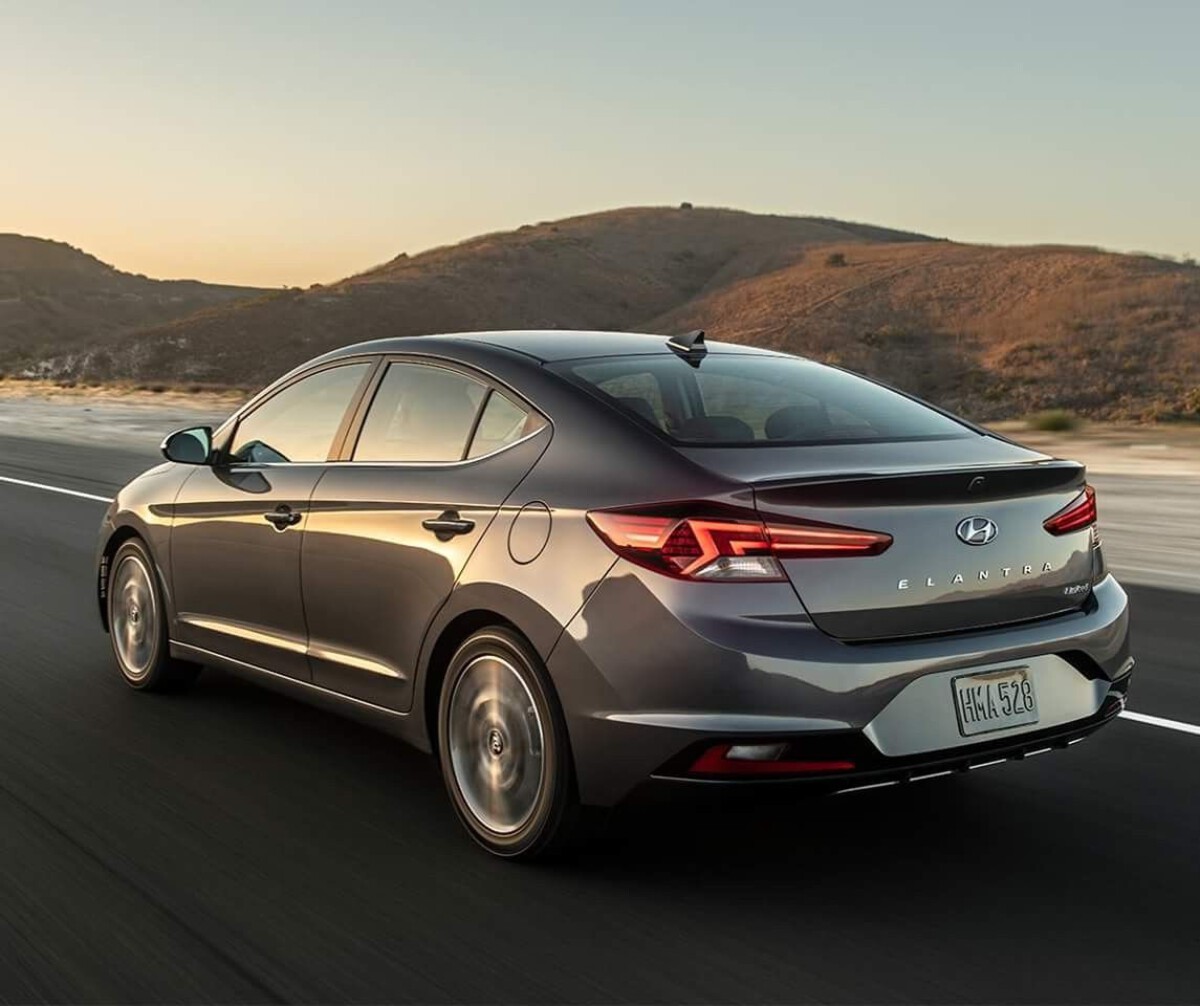
So, a chip repair isn’t going to cause some warning light to go berserk. Plus, Hyundai windshields from this era are affordable and mass-produced.
You don’t need factory tools or dealership-only resins to patch a ding. The standard glass is resin-friendly and doesn’t require advanced prep.
Shops like these older Elantras because there’s almost no chance of accidental tech disruption.
If you’re someone who wants peace of mind and can’t afford to waste time on complex diagnostics after a small chip, this is the car to have. Practical, cheap to own, and quick to fix.
5. Mazda3 (older gens)
The first two generations of the Mazda3 (2003–2013) were driver-focused and built to be user-friendly. Their windshields are cheap, plentiful, and not loaded with tech.
They also tend to crack less under pressure, which means most rock hits result in small chips instead of massive splits.
Resin repairs take easily, and since there’s no sensor array hiding behind the rearview mirror, nothing needs calibration.
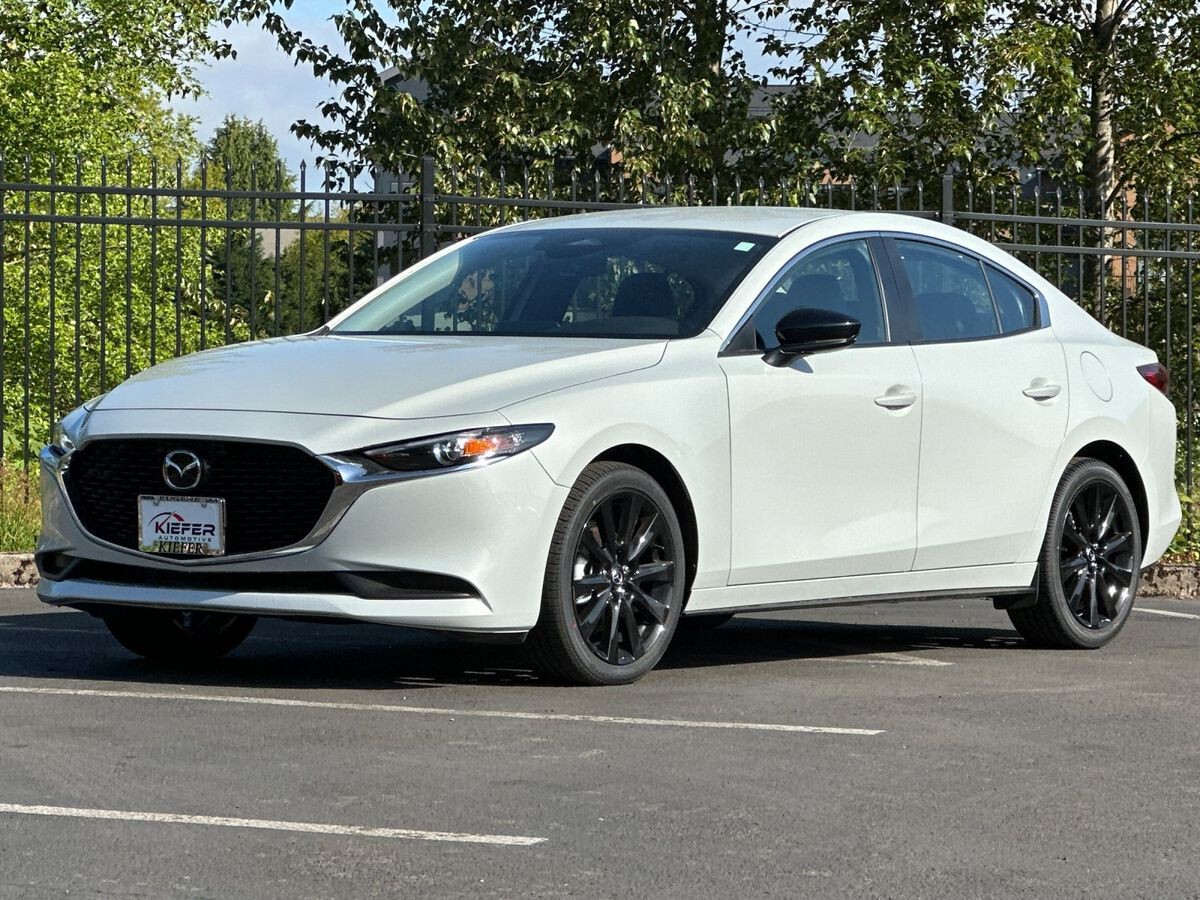
These models have a no-frills installation process, and even full replacements are budget-friendly. Repair shops appreciate the simplicity. No special adhesives. No scanner work after the job. Just clean, inject, and cure.
If you’ve got a Mazda3 from this era, you’ll save both time and money when the windshield inevitably takes a hit.
5 Cars Needing Full Replacement
These cars? Forget resin kits. A chip often leads to full-glass replacement, usually due to embedded tech—ADAS, HUDs, rain sensors, and cameras behind the mirror. Repairs aren’t just about fixing the crack; you’re looking at recalibration, tech resets, and in some cases, dealership-only servicing. Small damage, big invoice.
ALSO READ: 5 Cars That Don’t Drain Batteries Overnight and 5 That Always Do
1. Tesla Model 3
This one’s a nightmare for windshield repairs. The Tesla Model 3’s windshield is a curved unit integrated with sensors for its autopilot suite.
Even a small chip can interfere with the front camera or forward-collision radar.
Tesla doesn’t support third-party repairs easily. Even independent shops need special authorization to access calibration specs, and aftermarket glass isn’t always compatible with Tesla’s tight software parameters.

Most insurance companies push for full replacement, which often crosses ₹1,00,000 ($1,200+). That’s not even counting calibration fees.
The resin won’t bond well to the coating layer Tesla uses, and if the damage falls anywhere near the camera zone, you’re basically forced to replace and recalibrate everything.
It’s high-tech and low on convenience. If you’re not near a Tesla service center, even scheduling the job is a headache. In short, don’t expect a quick fix.
2. BMW 5 Series (G30)
Luxury has its costs. The G30-generation 5 Series comes standard with a HUD and a suite of driver-assist systems—all wired into the windshield.
The glass itself is specialized with coatings to support the HUD and block infrared radiation, which means the resin often doesn’t hold or cure properly.
Damage in the HUD projection zone automatically calls for replacement—BMW’s own service manual says so.
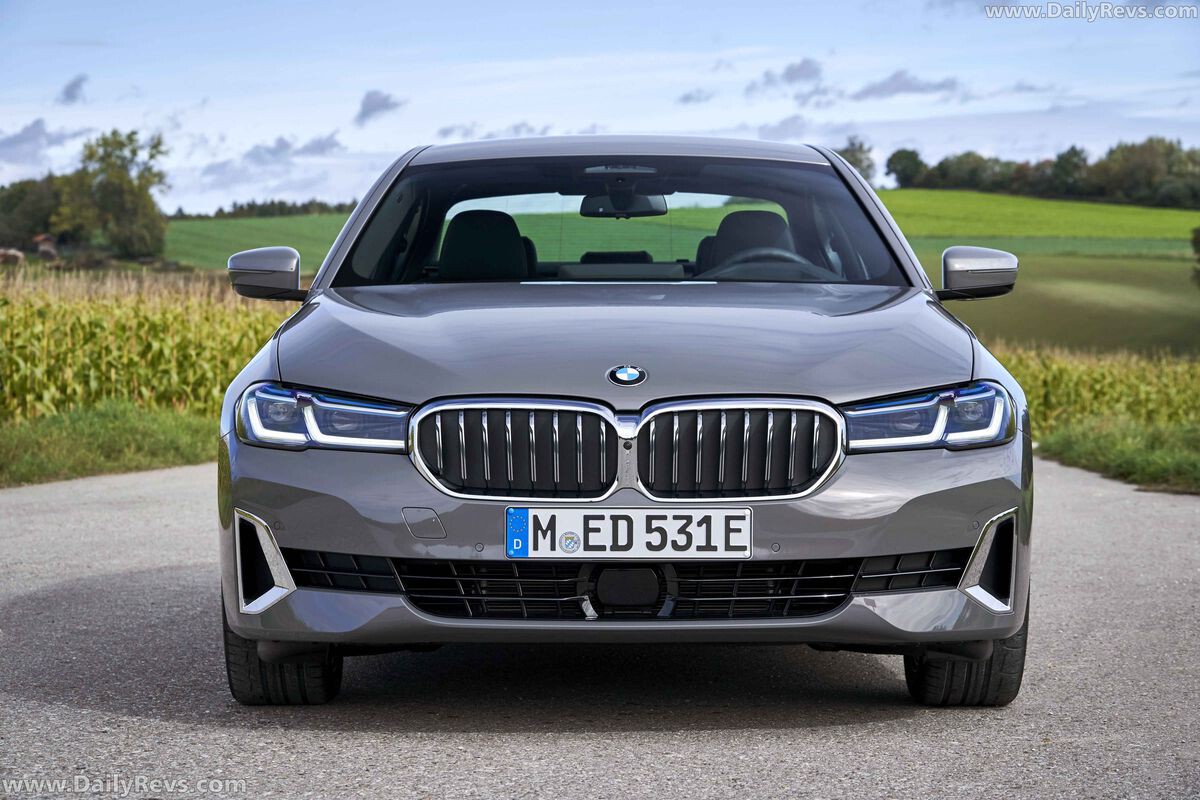
On top of that, post-install calibration is a must, and most local shops won’t touch it unless they have BMW-certified tools.
Full-glass replacements run north of ₹85,000 ($1,000+), and the adhesive BMW uses has a longer cure time than standard urethane.
So even after you replace it, you’ve got to wait a few hours before hitting the road. All this adds up to one thing: a minor chip equals major hassle.
3. Audi A6
Audi takes windshield tech to a whole other level. The A6 packs in rain sensors, light sensors, HUD systems, and a radar unit just behind the rearview mirror.
If any of that gets disturbed—even slightly—the entire glass panel needs replacing. A chip in the wrong place can mess up the radar function.
Worse, Audi glass has an internal coating that’s nearly impossible to match in aftermarket options.
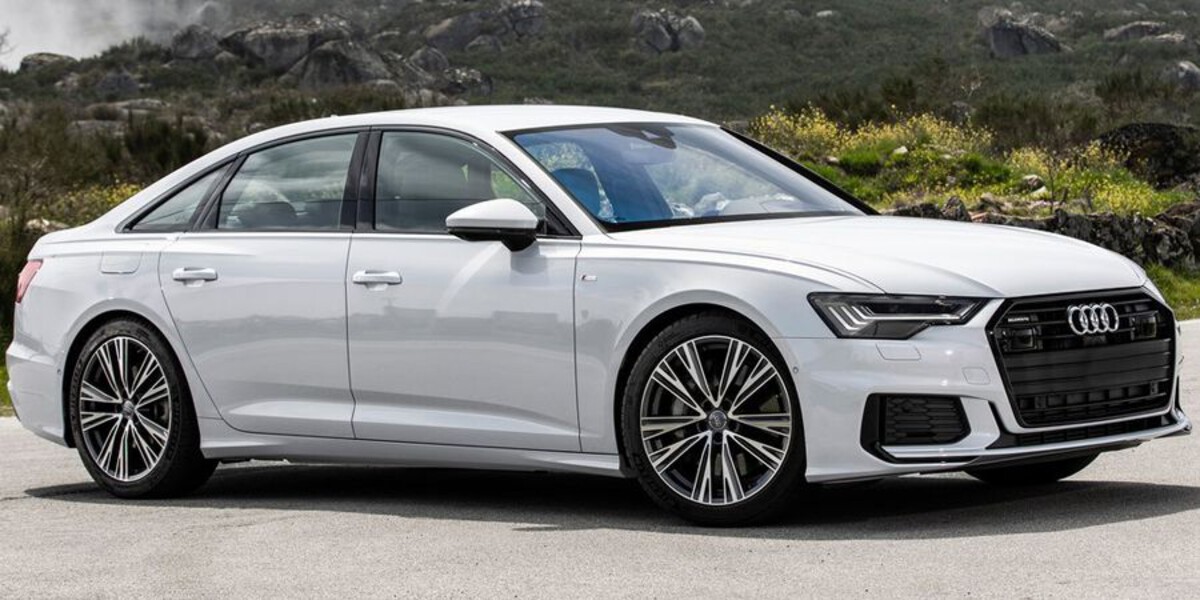
Audi recommends only OEM glass, which—surprise—is expensive and hard to find in non-metro regions.
You’re also looking at mandatory recalibration with dealership tools. Not optional. Not cheap.
Even a simple chip ends up being a dealership visit, a ₹90,000+ bill, and a whole day wasted. This is where tech becomes more pain than perk.
4. Mercedes-Benz E-Class (W213)
The W213 E-Class isn’t friendly when it comes to windshield repairs. The luxury features—like climate-coated glass, HUD, and a lane-keeping camera—are directly affected by any windshield damage.
So even small chips near the sensors mean full replacement. To make things worse, Mercedes uses a proprietary adhesive that not all shops stock.
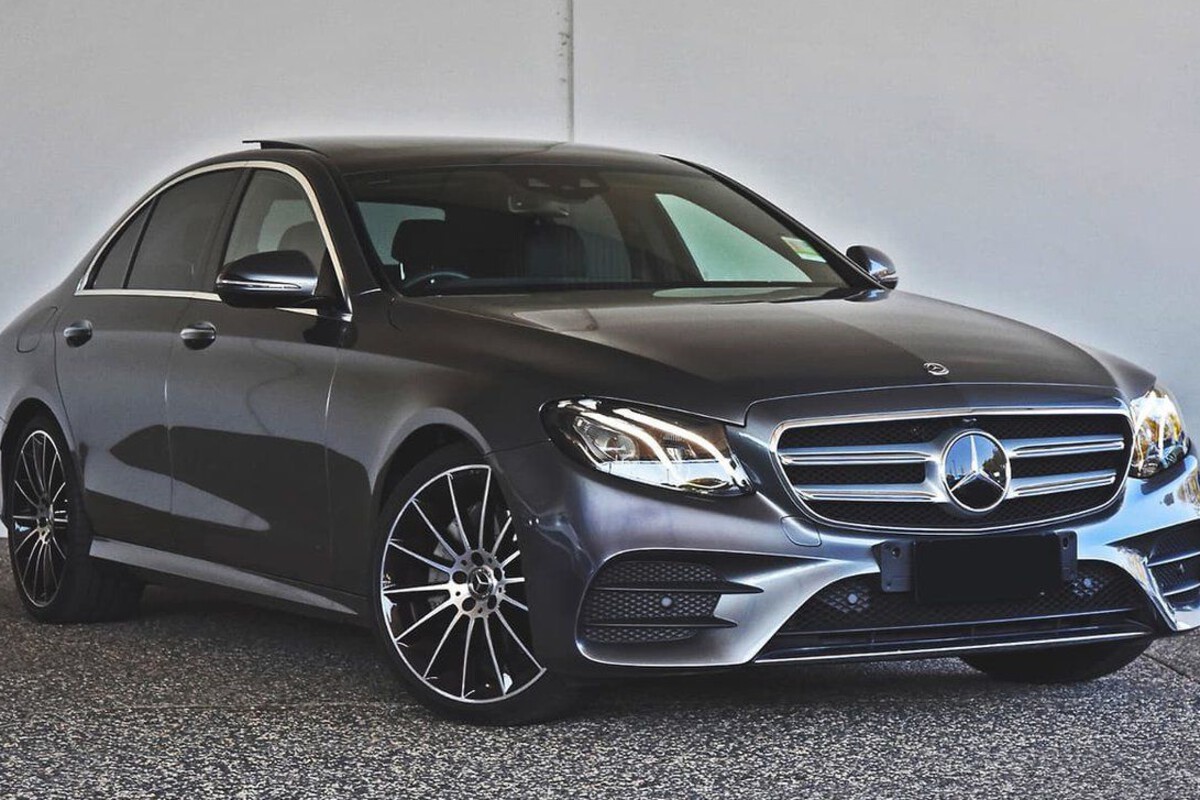
Aftermarket windshields rarely match the OEM quality needed to support the digital systems. So you can’t just call the nearest shop—you need a certified Mercedes glass technician.
Full-glass swaps here typically cost over ₹1,10,000. And yes, calibration is necessary. You also risk warranty if the glass isn’t installed and aligned per factory specs.
All told, the E-Class is a tech-packed sedan with repair-unfriendly glass. You chip it, you replace it.
5. Range Rover Velar
The Velar is stylish, sleek, and a total pain when the windshield cracks. The curve of the glass itself makes repair tough, and it has built-in tech like a HUD, solar coating, rain sensors, and lane-tracking cameras.
The HUD, in particular, creates a problem. Chips in the projection path disrupt the optics, and the resin doesn’t bond well on solar-coated surfaces. So, even a minor rock hit in the center of the windshield is pretty much unfixable without full replacement.
On top of that, JLR vehicles are infamous for requiring dealership-level diagnostics and calibration tools. Local shops rarely attempt it.
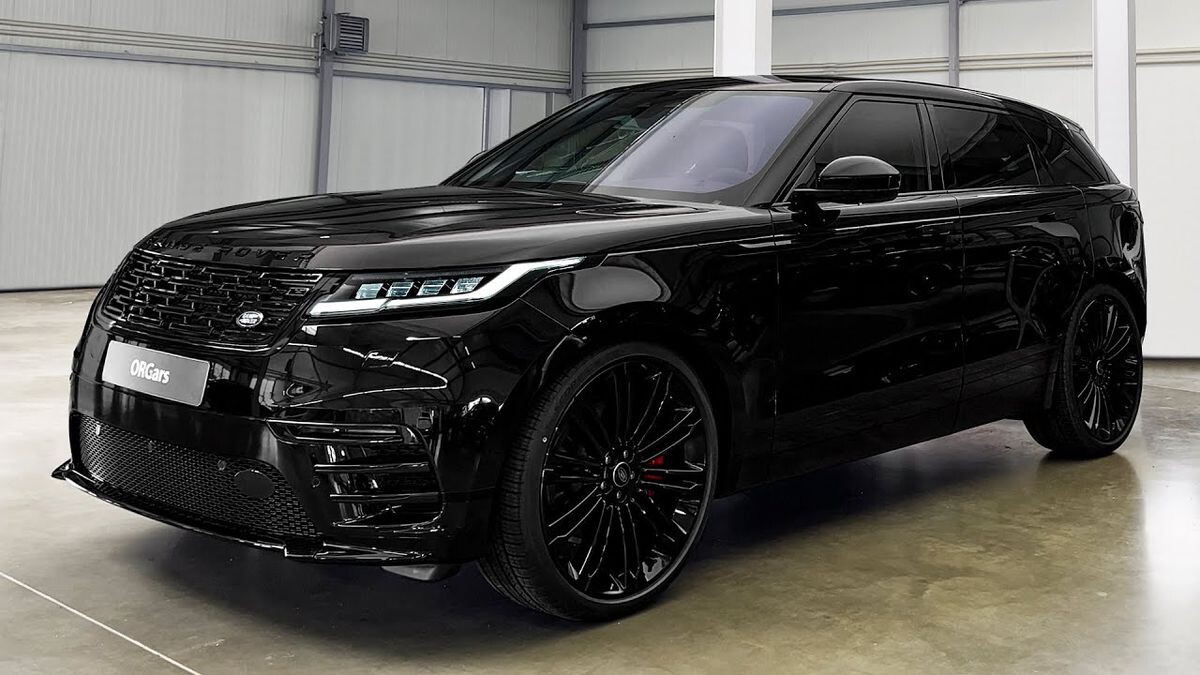
So if you’re driving a Velar, prepare for a massive invoice if the glass takes a hit. It’s not just expensive—it’s time-consuming, with days of wait time for glass delivery and calibration.
Windshield damage may look minor, but depending on your car, it can lead to either a quick patch-up or a full-blown repair nightmare. Cars like the Toyota Corolla or older Civics are a breeze—cheap, quick, and simple to fix.
That’s the way it should be. On the flip side, models like the Tesla Model 3 or Range Rover Velar treat a small chip like open-heart surgery. Full replacements, calibration, special adhesives, and dealership visits make even minor fixes expensive and time-consuming.
The takeaway? If you drive a tech-heavy luxury car, you’re likely looking at more cost and downtime for something that older or simpler cars handle easily. Sure, HUDs, cameras, and infrared coatings are cool, but they come at a price, especially when something as small as a pebble decides to hit your windshield.
Before buying your next car, it’s worth asking: How repairable is this thing? Because even the smallest feature-packed upgrade can turn your basic glass fix into a premium service visit. And for daily drivers, that’s not always worth it.
If convenience, cost, and peace of mind matter to you, keep it simple. Your wallet—and schedule—will thank you.

